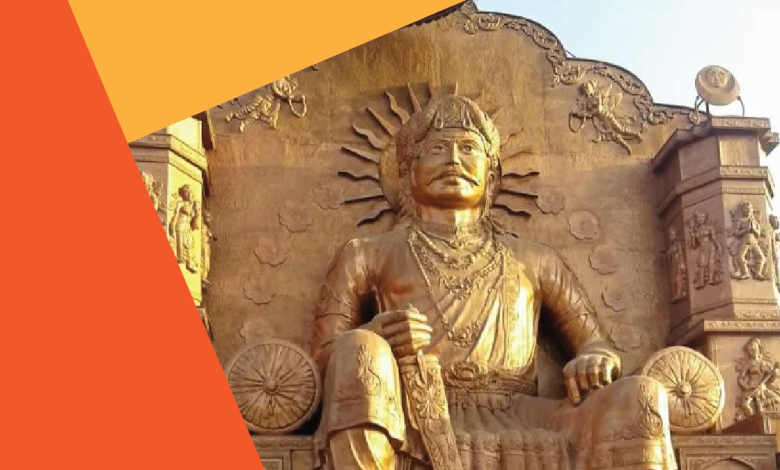Vikram Samvat: Everything You Ought To Know

Vikram Samvat, also known as the Vikrami calendar, is a traditional Hindu lunar based calendar system that is widely used in Nepal and India. It is named after the legendary king Vikramaditya. Some other Hindu calendars are solar based.
The Vikram Samvat calendar follows a lunar-based system, meaning that its months are based on the phases of the moon (chandra). The phases of the moon are divided into 2 parts: the Krishna Paksha (waning moon) and the Shukla Paksha (growing moon).
It consists of 12 lunar months, with each month typically alternating between 29 and 30 days, resulting in a year of either 354 or 355 days.
This makes the Vikram Samvat shorter than the solar-based Gregorian calendar introduced by the British by about 10-11 days. An extra month (adhik maas) is added to this lunar calendar every 3 years to keep the hindu lunar calendar in sync with the hindu solar calendar. This practice of syncing both lunar and solar calendars predates the Gregorian calendar.
The year count in the Vikram Samvat calendar starts from 57 BCE (Before Common Era) since it is older than the Gregorian calendar.
For example, all Hindu festivals and events are observed according to the Vikram Samvat (VS) calendar, such as Deepawali, Navaratri, Chaitra Navratri, Guru Poornima, Vaishaakha (Baisakhi) and Ganesh Chaturthi.
Daily dates in the Vikram Calendar also change as per the latitude and longitude of the place on earth.




